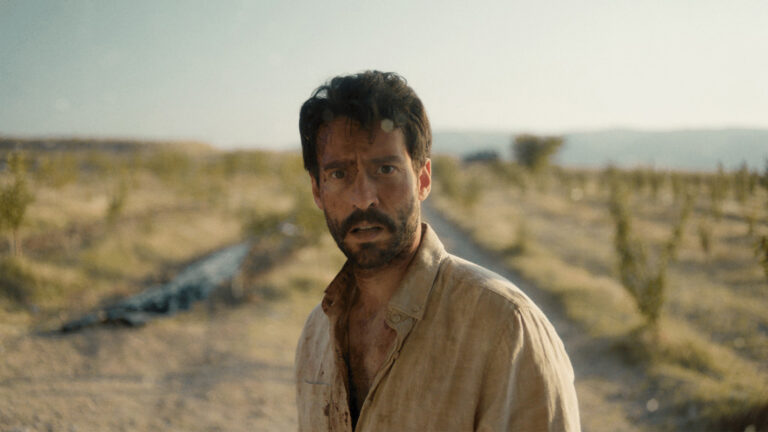
Part of the publisher’s Big Idea series, this volume is billed as “a primer for the 21st century.” The idea is big but not, of course, new: Most drugs were largely legal in most parts of the world until relatively recently. As British freelance journalist Busby writes, for instance, opium was widely used in Britain until 1868, popular among the poor “because it was cheaper than gin or wine.” Prohibition and suppression paralleled the rise of the bureaucratic, command-economy state. For example, marijuana was legal in Madagascar until the authorities observed that a ganja-fueled populace wasn’t inclined to work efficiently in the fields. As Busby shows, there’s a racist element to the historic interdiction effort. “Many of the initial prohibitions were at least partly fueled by bigotry,” he writes, “underpinned by fears of foreigners and minority groups, and perceived threats to labor markets.” The war on drugs in the U.S., instituted by the Nixon administration, has been no different: Most consumers are White, but most police actions target non-White people. That war, Busby relates, has chalked up roughly $1 trillion in costs, with an annual expenditure today of about $50 billion. Meanwhile, cartels and their enablers—one of them the HSBC Bank, which “allowed at least $881 billion of Sinaloa cartel drug trafficking money to be laundered through its accounts”—cashed in big. Busby argues that prohibition is a lost cause, an opportunity for politicians to bloviate and gangsters to flourish, and that “it is time for a new, compassionate and pragmatic approach.” Backed by a careful graphic presentation in charts and photographs, that argument calls for legalization, regulation, treatment of the addicted, and other more humane and less costly measures that would have the effect of dismantling the illegal economy.























































![A Visual Guide to TikTok Ads Manager [Infographic] A Visual Guide to TikTok Ads Manager [Infographic]](https://imgproxy.divecdn.com/9aaKOtRQYId9gEIRIiE2AgLnRsoeG1xVqz6aJuMegTo/g:ce/rs:fit:770:435/Z3M6Ly9kaXZlc2l0ZS1zdG9yYWdlL2RpdmVpbWFnZS90aWt0b2tfYWRfaW5mbzMucG5n.webp)

![The Social Media Funnel Explained [Infographic] The Social Media Funnel Explained [Infographic]](https://imgproxy.divecdn.com/6ikpva2mP7mvhaHG4yj_J6dzhXnEZMvZFDHDbI6Qucs/g:ce/rs:fit:770:435/Z3M6Ly9kaXZlc2l0ZS1zdG9yYWdlL2RpdmVpbWFnZS9zb2NpYWxfbWVkaWFfZnVubmVsX2luZm9ncmFwaGljMi5wbmc=.webp)














